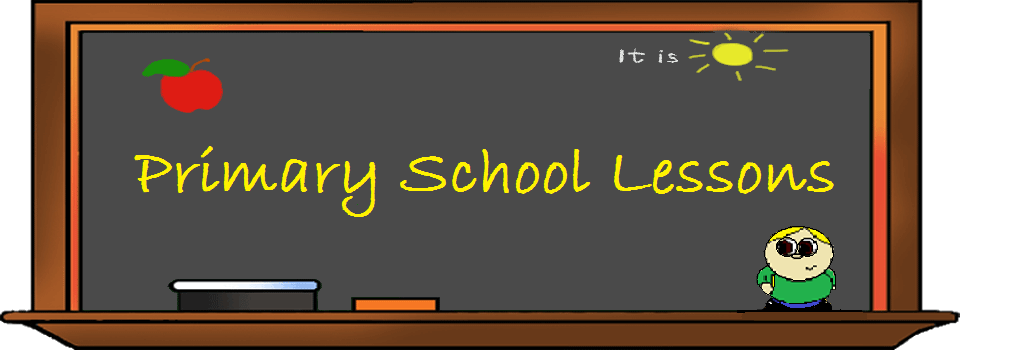In November, while studying a thematic unit based around 'Clothes', our Aistear activities centred around the clothes shop and I have to say, this was by far one of my class' favourite topics so far!
During this unit, we played in the following play areas:
1. Roleplay: The Clothes Shop
Layout and Resources: When setting up the clothes shop in my roleplay area I printed off and stuck up various clothes shop display signs (opening times, posters stating prices and items on sale, etc.). I left some blank price tags in a bowl for the shop assistant to use. I set up a till area with a cash register, play money and paper for receipts. I had a portable clothes rack at home which I set up at a lower height for the children and added some hangers to this to hang the dress up clothes on. I turned my play kitchen backwards to section off an area which I labelled as the changing room. I also added a tin foil mirror to the wall in this 'room' along with a chair for putting their dress up clothes on. Finally, I put labels on my shelves for anything that needed to be folded for display.
Language Opportunities: While playing in the clothes shop, the customers discussed things they would like to buy and why they needed these items, asked for help if they needed it, told the shop assistant that they were 'just looking' if they didn't need any help, asked for a smaller or bigger size (small, medium or large) and asked for a discount from the sales assistant. The shop assistant's job was to welcome the customer, to help them find what they were looking for, to recommend items to them, to sort, hang and fold the clothes and to check out their customers.
2. Small World: The Clothes Shop
 Layout and Resources: In the Small World basket the children had small world people and 'Barbie' clothes to dress them in/display in their shop. I also included some pieces of small play furniture I had bought in Lidl (shelves, wardrobe, table and chairs).
Layout and Resources: In the Small World basket the children had small world people and 'Barbie' clothes to dress them in/display in their shop. I also included some pieces of small play furniture I had bought in Lidl (shelves, wardrobe, table and chairs).Language Opportunities: The scenarios played out in the Small World clothes shop were similar to those acted out in the roleplay area.
Layout and Resources: The children used Lego, Duplo and blocks to build a shopping centre. I had printed off some images of shopping centres to give them some ideas.
Language Opportunities: There were a lot of opportunities here for discussions about shopping centres they had been to, what shops/eating facilities they had in them, how many shops would be in a shopping centre, how they needed to include tills, aisles and a car park, etc.
4. Art: Dressing Paper Dolls
Layout and Resources: I gave the children some paper dolls and had them cut out, colour and stick on clothes onto the dolls.
Language Opportunities: This activity gave us the chance to discuss various types of clothing, why they chose certain clothing for their doll (job, age, weather, etc.) as well as various body parts.
5. Water: Washing Clothes
Layout and Resources: Using the two sectioned sand table in my room, I filled one side with water and attached a string clothes line to the other. Then I gave them some pegs and doll's clothes to wash.
Language Opportunities: During this activity the children washed the clothes, wrung out the water and hung them out to dry.




















